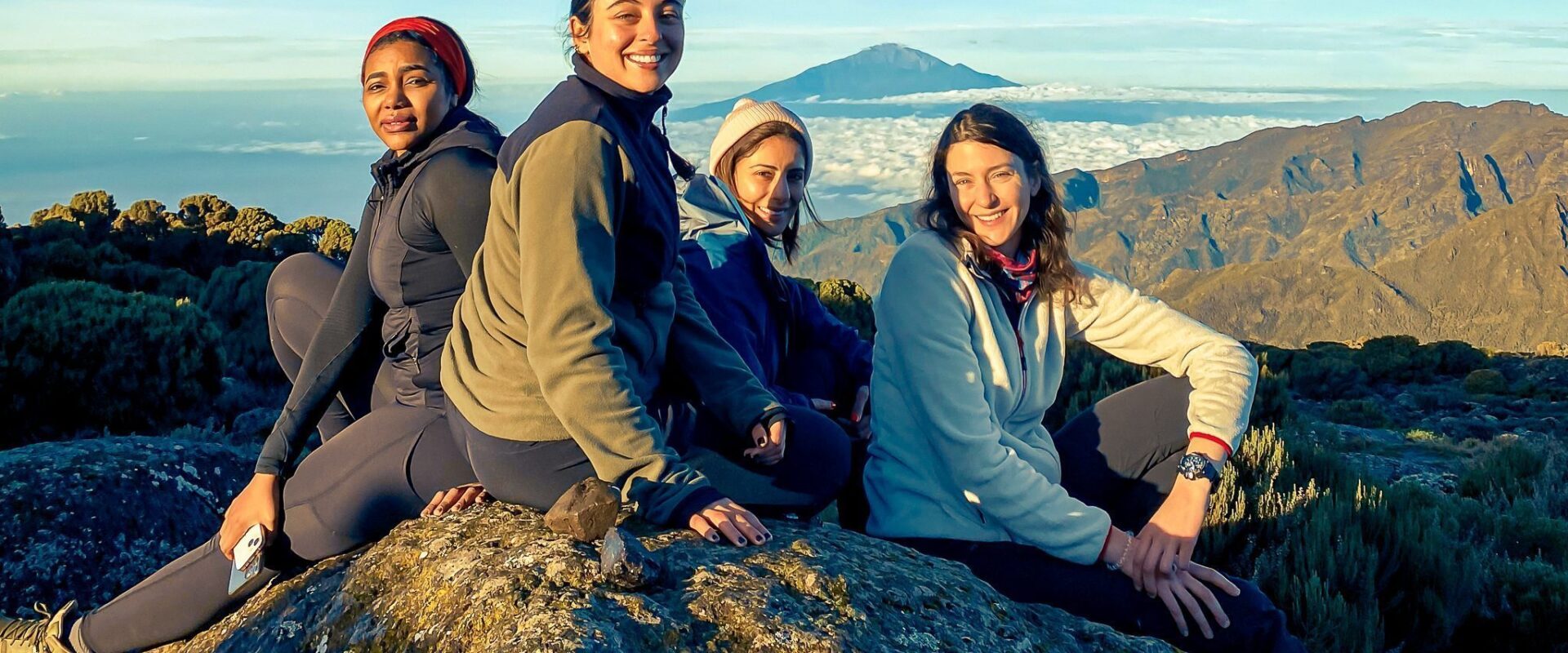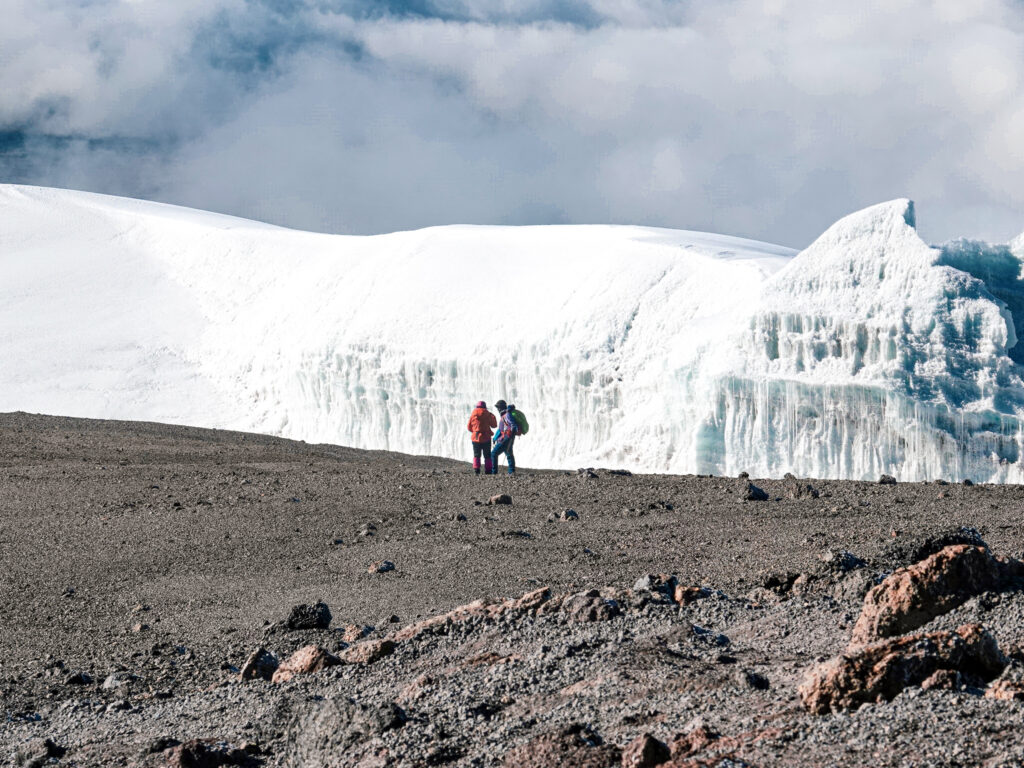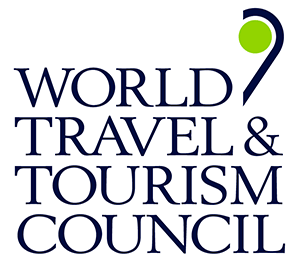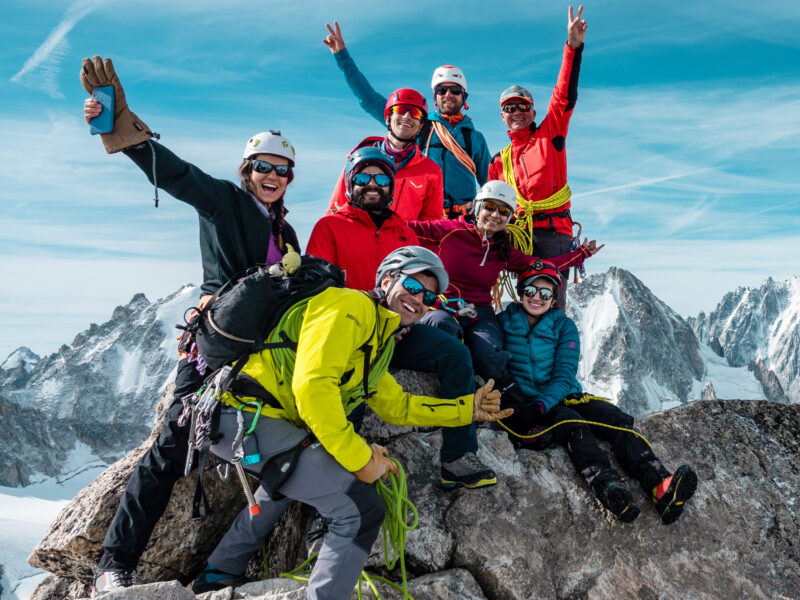BY Rami Rasamny | April 12 2024
The Best Season for Climbing Kilimanjaro

Climbing Kilimanjaro, Africa’s tallest peak and one of the world’s most iconic mountains, is a dream for many adventurers. Yet, determining the best season to embark on this epic journey requires careful consideration of various factors, including weather conditions, crowd levels, and personal preferences. In this article, we’ll delve into the intricacies of choosing the optimal season for climbing Kilimanjaro, ensuring a memorable and rewarding experience for all.
Understanding Kilimanjaro’s Climatic Diversity
One of the most remarkable aspects of Kilimanjaro is its diverse climatic zones, ranging from equatorial rainforest to alpine desert. These distinct ecosystems significantly influence the mountain’s weather patterns and seasons, making it essential for climbers to understand the nuances of each period.

Dry Season vs. Wet Season: Weather Considerations
The primary distinction in Kilimanjaro’s seasons lies between the dry season (June to October) and the wet season (November to May). While both offer unique advantages and challenges, many climbers prefer the dry season for its clearer skies, lower precipitation, and milder temperatures. This period provides optimal conditions for summiting, with less risk of encountering rain or snowfall, particularly at higher altitudes.
Conversely, the wet season brings increased rainfall, cloud cover, and humidity, making trekking more challenging and potentially less enjoyable. However, the lush vegetation and fewer crowds during this time can offer a more serene and immersive experience for those willing to brave the elements.
Crowd Dynamics: Balancing Solitude and Camaraderie
Another crucial factor to consider when choosing the best season for climbing Kilimanjaro is crowd levels. The mountain experiences peak tourist seasons during the dry months, especially July and August, as well as over the Christmas and New Year holidays. During these periods, popular routes can become crowded, leading to congestion on the trails and at campsites.
For climbers seeking solitude and a more intimate connection with nature, opting for the shoulder seasons—such as April, May, and November—may be preferable. While these months coincide with the wet season, they also offer quieter trails and a greater sense of tranquility on the mountain.

Personal Preferences and Fitness Levels
Ultimately, the best season to climb Kilimanjaro depends on individual preferences, fitness levels, and tolerance for adverse weather conditions. While the dry season may offer more favorable weather and clearer summit views, some climbers may find the challenge of trekking during the wet season invigorating and rewarding.
Additionally, climbers should assess their fitness levels and ability to acclimatize to high altitude when planning their ascent. Regardless of the season chosen, adequate preparation, including physical training and altitude acclimatization, is crucial for a safe and successful climb.
Conclusion: Making an Informed Decision
In conclusion, choosing the best season to climb Kilimanjaro involves weighing various factors, including weather conditions, crowd dynamics, and personal preferences. While the dry season generally offers more favorable weather and clearer summit conditions, the wet season can provide a unique and immersive experience for those seeking solitude and lush landscapes.
Ultimately, climbers should conduct thorough research, consult with experienced guides, and assess their own fitness and comfort levels before selecting their preferred season for tackling Kilimanjaro. With careful planning and preparation, climbers can embark on an unforgettable journey to the “Roof of Africa,” regardless of the season they choose to summit.
About The Author
Rami Rasamny is the founder of Life Happens Outdoors, a premium adventure travel community dedicated to transforming lives through curated outdoor experiences. A mountaineer and entrepreneur, Rami has led teams on some of the world’s most challenging peaks, from the Alps to the Himalayas. His mission is to make adventure accessible, transformative, and safe for all who seek to push their limits and Come Back Different.
About Life Happens Outdoors
At Life Happens Outdoors, we believe in the power of nature to transform lives. As proud members of the Adventure Travel Trade Association (ATTA) and the World Travel & Tourism Council (WTTC), our team of certified guides and outdoor professionals is committed to the highest standards of safety, sustainability, and excellence.
Discover more about our story and mission on our Meet LHO page, or explore our curated adventures such as the Tour du Mont Blanc Trek, the Climb of Kilimanjaro, and Chasing the Northern Lights.














